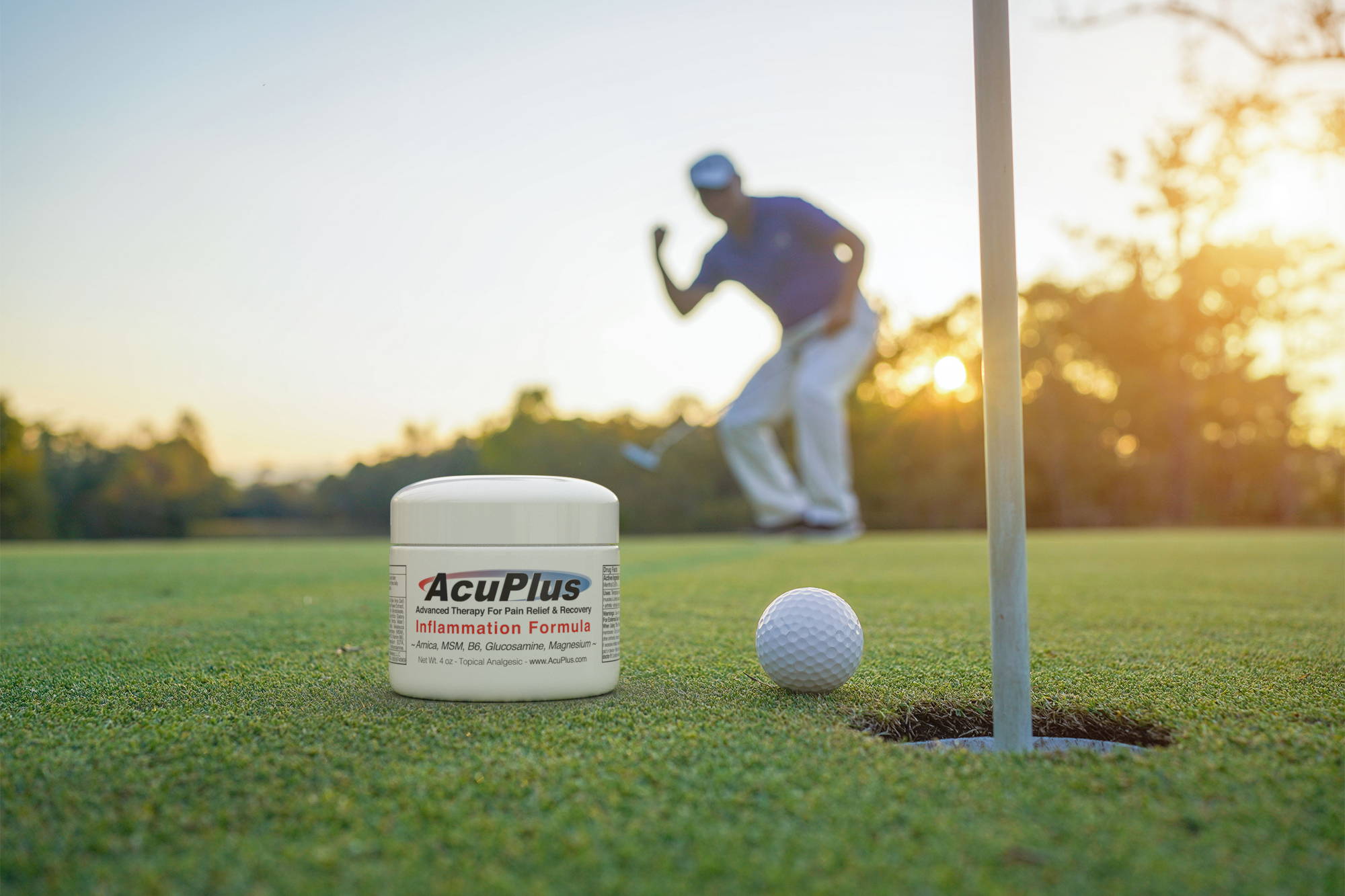Don't Let Back Pain Ruin Your Golf Game


If golf is a passion, you're in good company. Many of us relish the challenge of walking the fairways, calculating shots, and experiencing the satisfying thwack of a well-struck drive.
However, this seemingly gentle sport can take a toll on the body, particularly the back. Perhaps no one knows this better than Tiger Woods, one of the most prominent figures in golf history, whose career has been marked by extraordinary triumphs and significant struggles with back pain.
It's important to remember that golf isn't just a test of skill and strategy—it's also a physical endeavor that can put serious strain on your back. In fact, back pain is a common experience among golfers, whether they're seasoned professionals like Woods or just weekend enthusiasts. The repetitive, forceful nature of the golf swing, combined with prolonged periods of bent-over stance, can lead to various types of back injuries.
However, by understanding the causes of these injuries, their prevention methods, and available treatments, you can significantly reduce your risk of sustaining golf-related back pain. Let’s read on and ensure you keep enjoying the game you love, pain-free.
Understanding Golf and Its Physical Demands

Contrary to popular belief, golf is not a low-impact sport. The strain it puts on the muscles, discs, and joints, particularly in the lower back, is significant. The act of swinging a golf club involves twisting and turning, and often at great speed and force.
Who's at Risk?
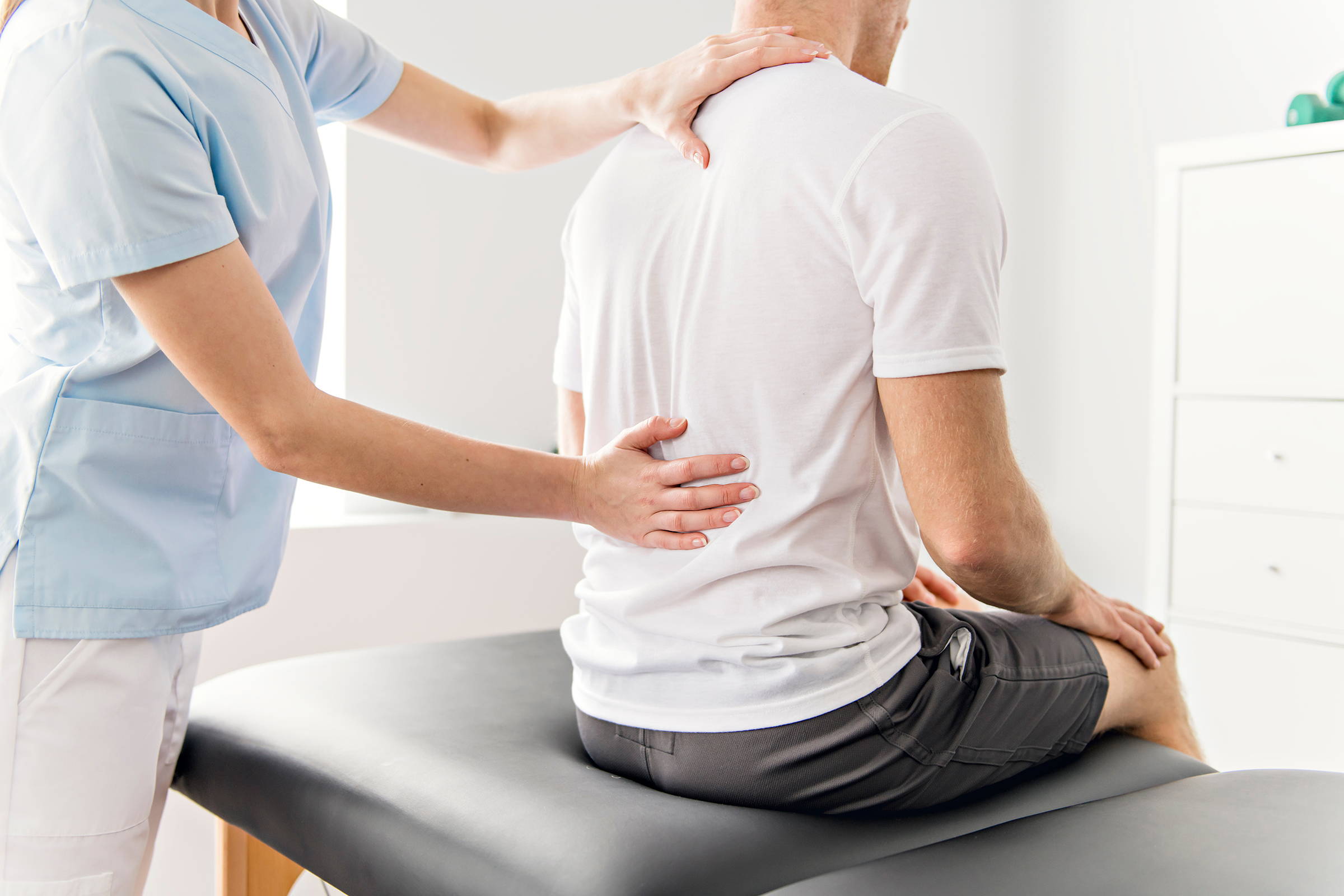
Technically, anyone who plays golf is at risk for golf back pain. However, certain groups are more likely to experience this discomfort, including:
Older golfers
Those with a history of back pain
Golfers who swing the club too hard
Those with poor posture
Players with weak core muscles
Causes of Back Pain in Golfers
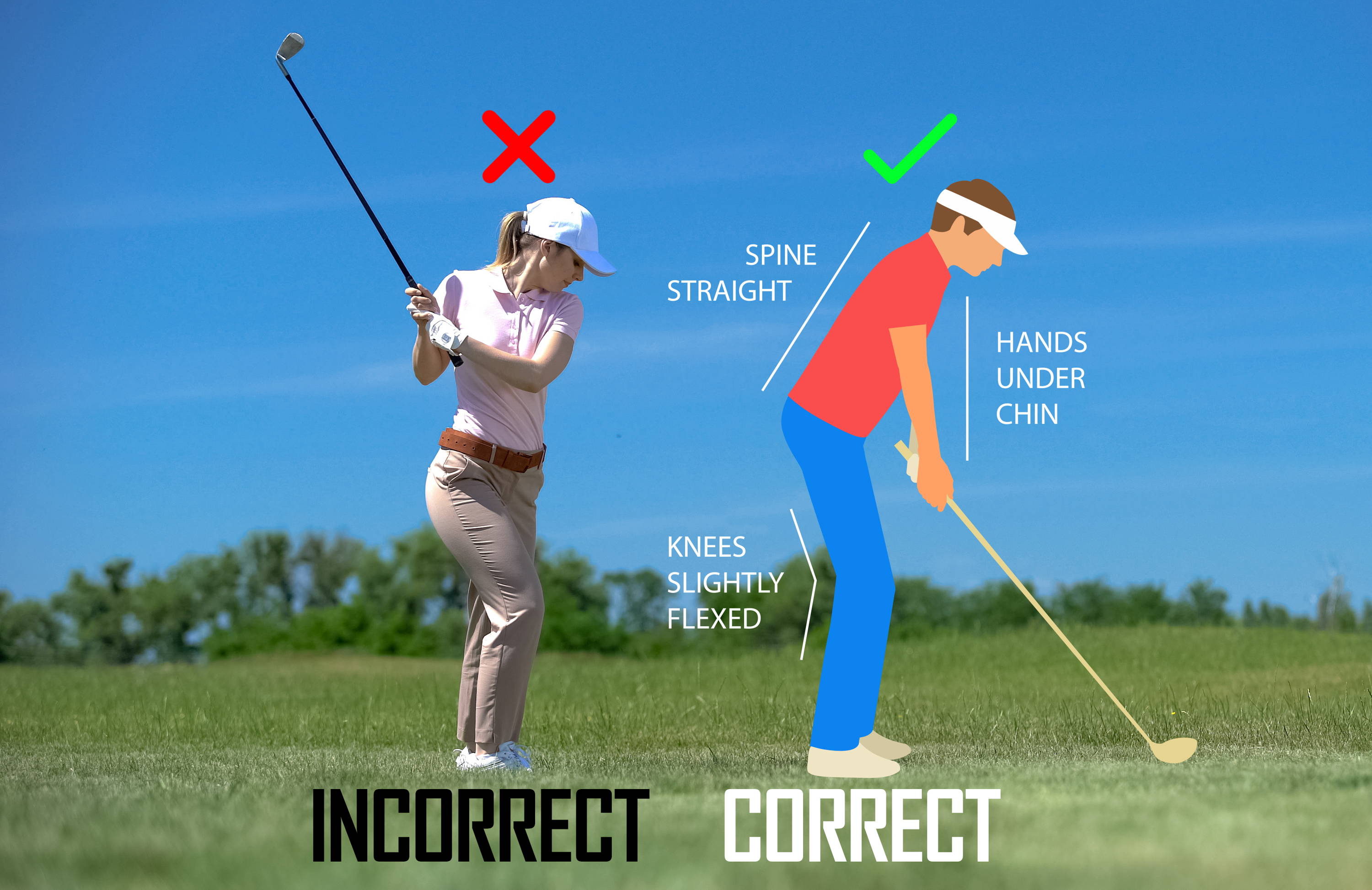
The most common causes of back pain in golfers include:
Repetitive motion of the golf swing: The golf swing is a powerful, repetitive action that can stress the lower back, leading to inflammation, muscle strain, and other injuries.
Poor posture: Poor posture can overwork your back muscles, leading to pain. If your back is constantly struggling to keep you upright due to poor posture, you may experience pain more frequently.
Weak core muscles: Your core muscles play a critical role in supporting your back. If these muscles are weak, your back is more likely to get injured during the golf swing.
Pre-existing lower back injuries: Players with previous lower back injuries are more likely to experience pain when golfing.
Preventing Back Pain in Golfers
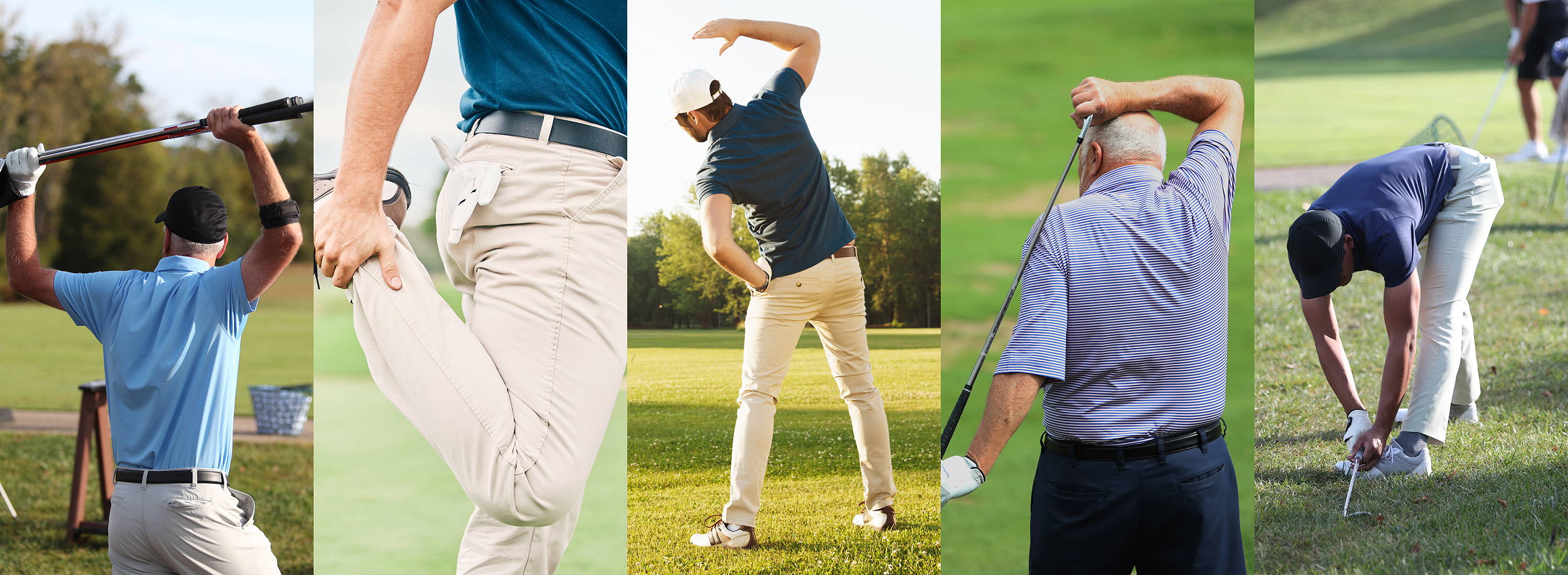
Despite the risk factors, there are several preventive measures you can take to avoid back pain while playing golf:
Warm up before you play: This helps loosen your muscles and prepares your body for the demands of the golf swing.
Stretch regularly: Improving flexibility and range of motion can help prevent injuries. Focus on your lower back and core muscles.
Maintain good posture: Reducing stress on your back during the swing starts with good posture. Keep your back straight and your shoulders relaxed throughout the swing.
Use proper technique: Learning the proper way to swing the golf club from a qualified golf instructor can reduce your risk of injury.
Take breaks: Listen to your body. If you start to feel pain, take a break and rest your back.
Treating Back Pain in Golf
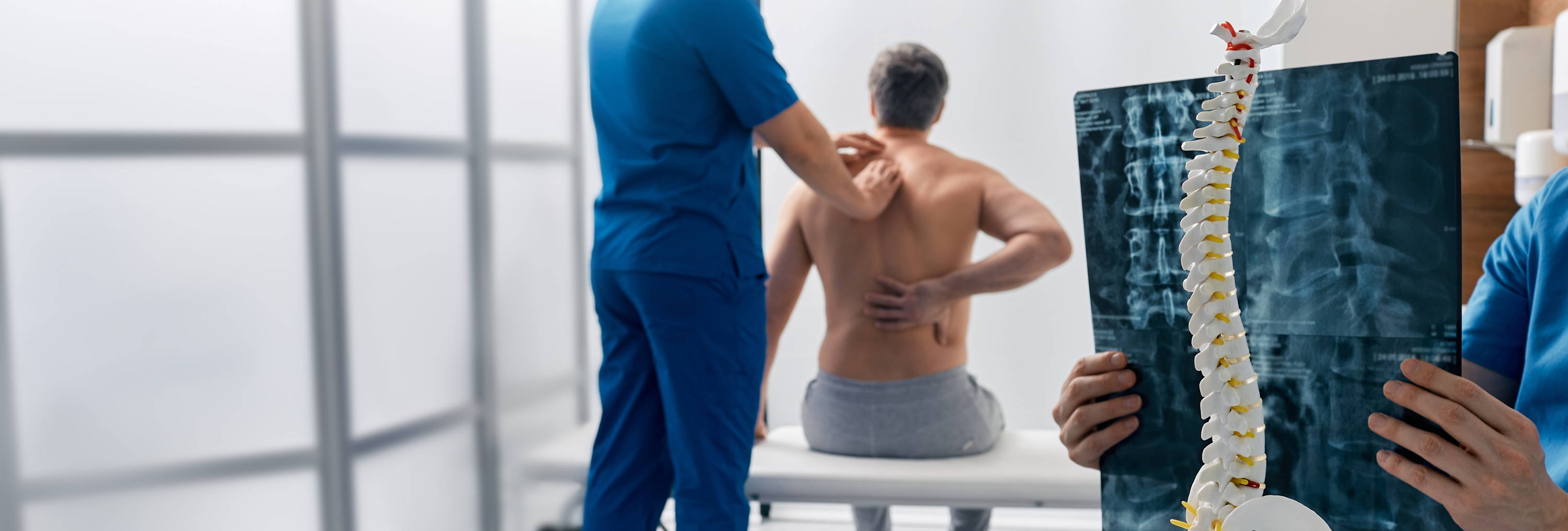
If you do experience back pain when playing golf, several treatment options can provide relief:
Rest: If you're in pain, your first step should be to rest your back and avoid activities that aggravate it.
Ice and Heat Therapy: Applying ice to your back can reduce inflammation and pain, while heat can help relax your muscles and relieve pain.
Over-the-counter medication: Pain relievers like acetaminophen, ibuprofen, or naproxen can help manage pain and inflammation.
Physical therapy: This can strengthen your core muscles, improve your posture, and prevent future back pain episodes.
Chiropractic care: Adjustments can help relieve pain and improve your spine's function.
Topical Pain Creams: These can be applied directly to the area of discomfort, providing targeted relief. However, not all topical analgesics are created equal. One pain cream that has recently received attention from the golf community is AcuPlus.
AcuPlus stands out as one of the best options on the market, specifically designed with golfers in mind. Its powerful blend of 13 natural pain relieving ingredients offers quick, long-lasting relief, and reduces lumbar muscle spasms helping you get back into the game more swiftly and comfortably. This powerful cream absorbs quickly and doesn't leave any greasy residue making it an easy and practical solution for golf-induced back pain.
Conclusion
Golf back pain can be both prevented and managed with the right approach. The goal is to enjoy the game without sacrificing your health.
From warming up and maintaining good posture to using topical pain creams like AcuPlus, there are plenty of strategies that can help you reduce your risk.
Take control of your golfing life and stay on the course, pain-free. Click here to learn more about AcuPlus and how it can help you keep your back in the game and enjoy your time on the fairways and greens without discomfort.
